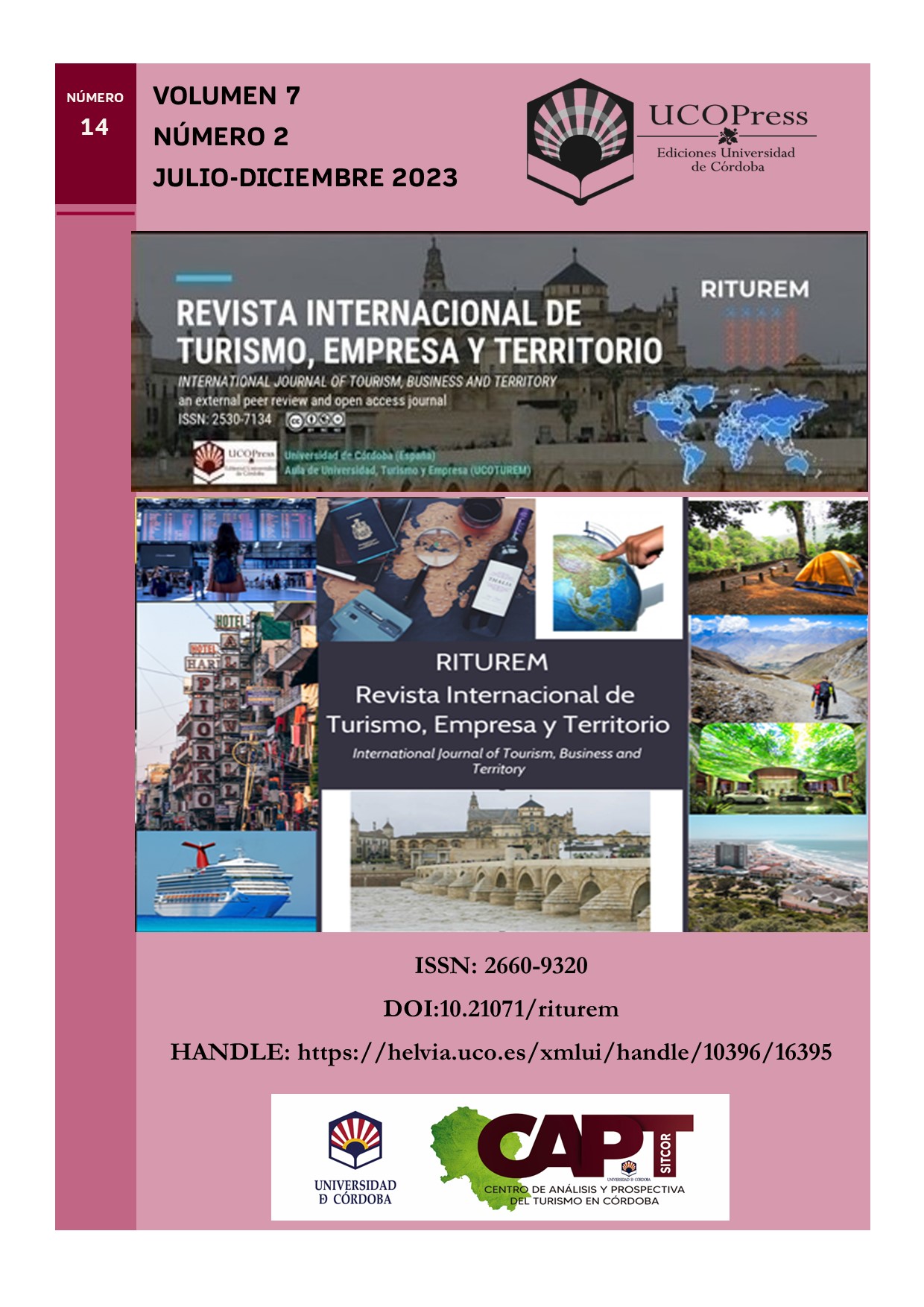The Camino de Santiago: From Religious Route to Inclusive Tourism Attraction Background
Contenu principal de l'article
Résumé
The completion of the Camino de Santiago is a great and significant experience that we have been able of the path and with pilgrims with different abilities and different reasons for traveling the path. I met along the different stages of the way, pilgrims with different capacities and different reasons for walking the trail. It was interesting to see the multifaceted offerings of what has become a generator of tourism attracting a wide variety of visitors. The route I took was the Portuguese one, on which I walked from Valença do Minho (Portugal) to Santiago de Compostela, through forests and small towns, enjoying history, culture, etc. I witnessed how the towns through which the route passed opened up to support and even assist the hikers in this process, showing the same enthusiasm and dedication every day, as if it were the first, not losing their enthusiasm and sincerity with the passage of time. I am sure that, to a large extent, the Way's success is thanks to those citizens who open their doors and businesses and share their traditions. All this leads me to analyze how the pandemic has affected the Camino, the strategies to deal with its negative effects, and the important role that technologies play in transforming this tourism experience into one that is more inclusive and characterized by empathy and friendliness.
Keywords: Camino de Santiago, tourist experiences, inclusive tourism, social inclusivity.
Téléchargements
Details de l'article
Avisos de derechos de autor propuestos por Creative Commons
Política propuesta para revistas que ofrecen acceso abierto
Aquellos autores/as que tengan publicaciones con esta revista, aceptan los términos siguientes:
- Los autores/as conservarán sus derechos de autor y garantizarán a la revista el derecho de primera publicación de su obra, el cuál estará simultáneamente sujeto a la licencia Creative Commons CC BY-NC 4.0 (https://creativecommons.org/licenses/by-nc/4.0/deed.es ) , que permite a terceros compartir la obra y permitir obras derivadas siempre que se indique su autor, su primera publicación en esta revista y cuando no se haga uso comercial.
- Los autores/as podrán adoptar otros acuerdos de licencia no exclusiva de distribución de la versión de la obra publicada (p. ej.: depositarla en un archivo telemático o en un repositorio institucional o publicarla en un libro monográfico) siempre que se indique la publicación inicial en esta revista.
- Se permite y recomienda a los autores/as difundir su obra a través de Internet (p. ej.: en archivos telemáticos y repositorios institucionales o en su página web) antes, durante y con posterioridad al proceso de envío, lo cual puede producir intercambios interesantes y aumentar las citas de la obra publicada. (Véase El efecto del acceso abierto).
